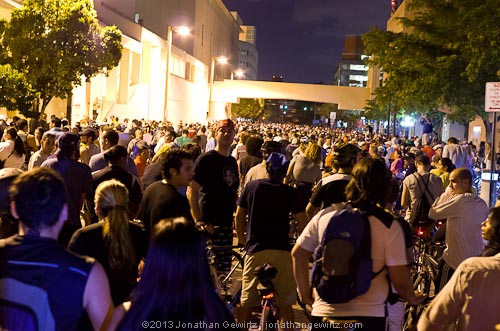On April 8, 1838, the steamship Great Western..the first steamship to be purpose-built for the transatlantic passenger traffic…left Bristol for New York City. Four days earlier, though, another steamship, the Sirius, had left Cork for the same destination. Sirius had not been designed for the Atlantic run; it was a small channel steamer which had been chartered by the rivals of Great Western’s owners. This competitive enterprise had encountered delays in the construction of their own Atlantic liner, the British Queen, and had chartered Sirius to keep Great Western from scoring a win in the PR battle. Sirius did arrive at New York first, on April 23, but Great Western came in only 12 hours later…its crossing of a little more than 15 days was the fastest ever from England to America.
There were earlier crossings that had been at least partly steam-powered: the American ship Savannah in 1819 (which actually used only sails for most of the voyage), and the Dutch Curacao and the Canadian Royal William, which made their crossings in 1827 and 1833 respectively. But it was the Great Western vs Sirius race which marked the beginning of steam passenger and mail service across the Atlantic.
The paddle wheels and auxiliary sailing rigs of the early steamers gave way to screw propellers and total reliance on steam, and reciprocating steam engines were later supplanted by steam turbines…which in turn have now largely been replaced by diesels and in some cases gas turbines. Aircraft carriers and submarines still use steam turbines, though, with the steam generation done by nuclear energy rather than the burning of coal or oil.
Here’s the British actress Fanny Kemble, writing circa 1882, in annotation of her years-earlier comments about the difficulties and emotional pain caused by slow communications between the continents:
To those who know the rate of intercourse between Europe and America now, these expressions of the painful sense of distance from my country and friends, under which I suffered, must seem almost incomprehensible,—now, when to go to Europe seems to most Americans the easiest of summer trips, involving hardly more than a week’s sea voyage; when letters arrive almost every other day by some of the innumerable steamers flying incessantly to and fro, and weaving, like living shuttles, the woof and warp of human communication between the continents; and the submarine telegraph shoots daily tidings from shore to shore of that terrible Atlantic, with swift security below its storms. But when I wrote this to my friend, no words were carried with miraculous celerity under the dividing waves; letters could only be received once a month, and from thirty to thirty-seven days was the average voyage of the sailing packets which traversed the Atlantic. Men of business went to and fro upon their necessary affairs, but very few Americans went to Europe, and still fewer Europeans went to America, to spend leisure, or to seek pleasure; and American and English women made the attempt still seldomer than the men. The distance between the two worlds, which are now so near to each other, was then immense.
(The quote is one of several passages cited in my post Further Fannyisms)
Also: the ultimate development of the steam-turbine-powered passenger liner was represented by the SS United States. Sadly, this beautiful ship is in imminent danger of being turned over the the scrapper’s’ torches…to save her, the SS United States Conservancy needs to raise $500K in the next month and will welcome contributions.
